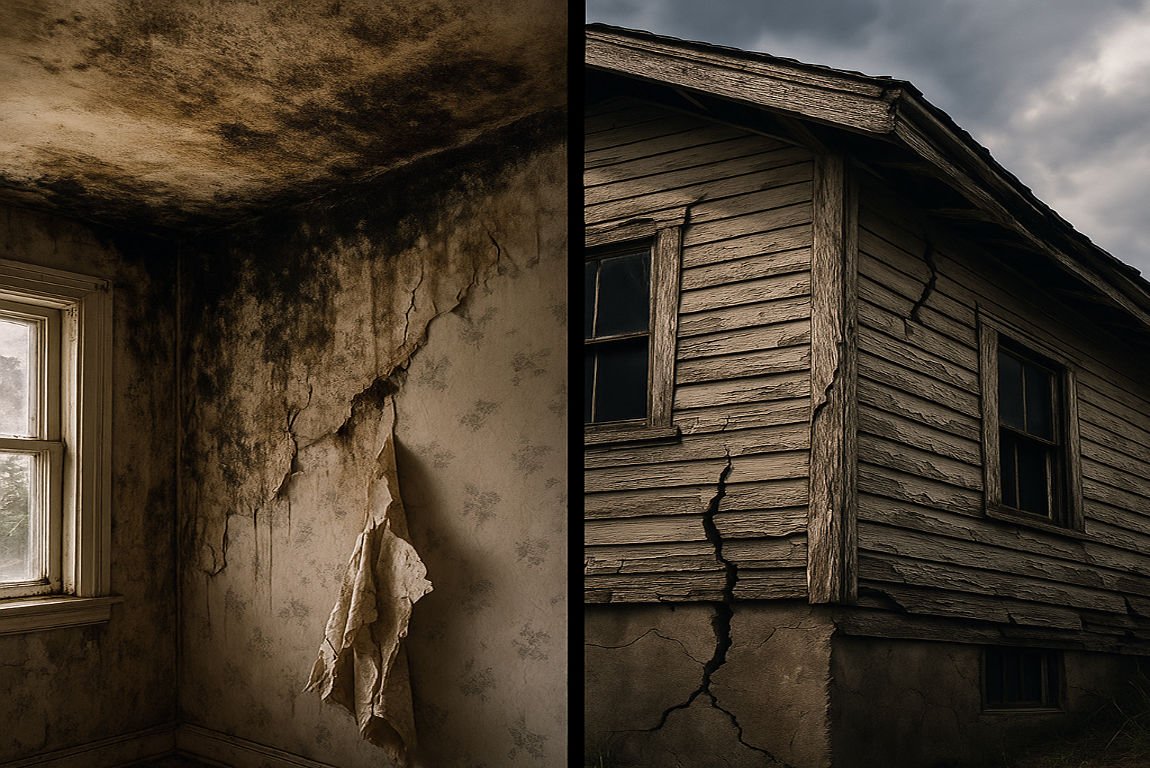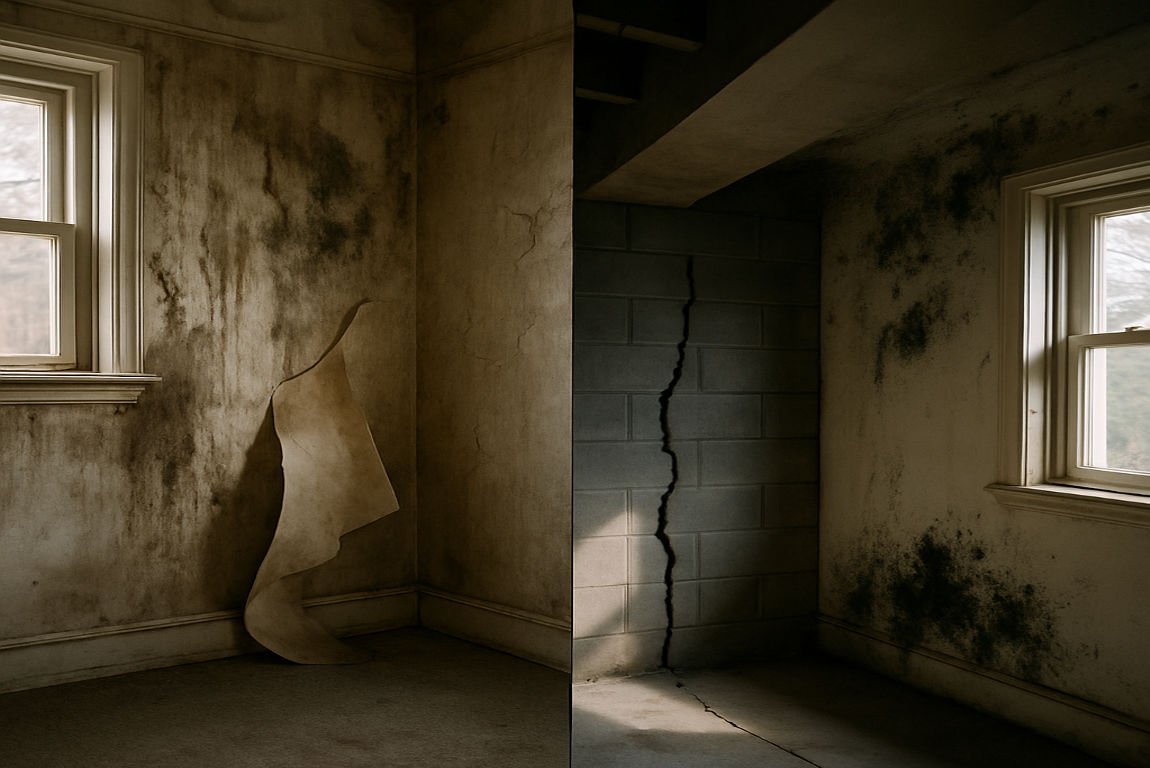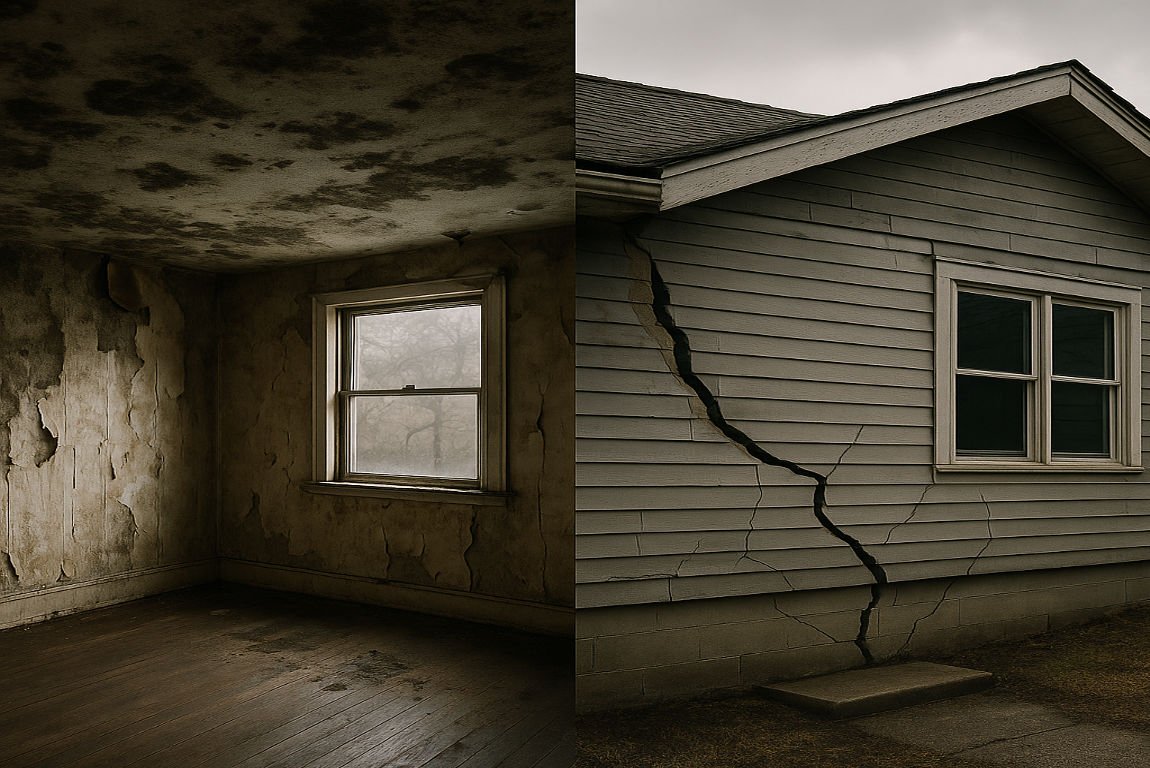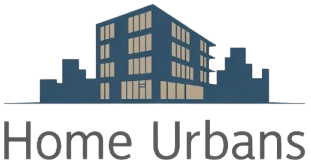When it comes to buying or selling a home, there’s a lot more to consider than just the price tag or the number of bedrooms. One critical factor that often gets overlooked is the presence of adverse conditions. These conditions can significantly impact a property’s value, marketability, and even its livability. But what exactly are adverse conditions, and why should you care about them?
What Is an Adverse Condition in Home Real Estate?

Let’s start with the basics: What is an adverse condition in home real estate? Simply put, an unfavourable condition refers to any issue or factor that negatively affects a property’s value, usability, or marketability. These conditions can range from physical defects in the home to external factors, such as environmental hazards or neighbourhood neighbourhood issues.
Examples of Adverse Conditions
Adverse conditions can take many forms, including:
- Structural problems like foundation cracks, roof leaks, or termite damage.
- Environmental hazards such as asbestos, lead paint, or proximity to flood zones.
- External factors, such as noise pollution from nearby highways or declining neighbourhood neighbourhood conditions.
It’s essential to distinguish between adverse conditions and general property issues. While a leaky faucet or peeling paint might be a minor inconvenience, adverse conditions are typically more severe and can have a lasting impact on the property’s value and desirability.
Types of Adverse Conditions in Homes

Adverse conditions can be categorized into three main types: physical, local, and global/regional. Let’s break these down further.
Physical Adverse Conditions
You may also read (what is in house financing and how does it work).
These are issues directly related to the property itself. They can include:
- Structural Defects: Issues such as foundation cracks, sagging roofs, or termite infestations can compromise the safety and stability of a home.
- Environmental Hazards: Homes built before 1970 may contain asbestos or lead-based paint, both of which pose significant health risks. Properties in flood zones or near wetlands are also at higher risk of damage.
- Aesthetic Issues: While not as severe as structural or environmental problems, poor curb appeal, outdated designs, or lack of maintenance can still deter potential buyers.
Local Adverse Conditions
These are issues related to the property’s immediate surroundings, such as:
- Zoning Restrictions: Certain zoning laws may limit the use of a property, which can be a deal-breaker for some buyers.
- Noise Pollution: Living near highways, airports, or industrial areas can significantly reduce a property’s appeal.
- Neighbourhood Decline: Overcrowding, high crime rates, or poorly maintained public spaces can negatively impact property values.
Global and Regional Adverse Conditions
These are broader factors that can affect entire regions or markets, including:
- Economic Downturns: A struggling economy can lead to lower property values and reduced buyer interest.
- Natural disasters, including hurricanes, wildfires, earthquakes, and floods, can cause extensive damage and render certain areas less desirable.
- Global Pandemics: Events like COVID-19 have shown how global crises can disrupt real estate markets, affecting everything from property values to buyer behaviour.
How Adverse Conditions Affect Home Values and Marketability

Adverse conditions can have a profound impact on a property’s value and its ability to attract buyers. Here’s how:
Reduction in Property Value
Properties with significant adverse conditions often sell for much less than comparable homes without such issues. For example, a home with a cracked foundation or located in a flood zone may see its value drop by tens of thousands of dollars.
Decreased Buyer Interest
Adverse conditions can make a property less appealing to potential buyers. For instance, a home near a noisy highway or in a declining neighbourhood may struggle to attract offers, even if it’s priced competitively.
Increased Maintenance and Repair Costs
Homes with physical defects or environmental hazards often require costly repairs or ongoing maintenance, which can deter buyers and reduce the property’s overall value.
Impact on Rental Income Potential
For investors, adverse conditions can also affect a property’s ability to generate rental income. Tenants are less likely to rent a home with significant issues, and landlords may need to lower rents to attract tenants.
Identifying Adverse Conditions in a Home

The first step in addressing adverse conditions is identifying them. Here are some key strategies for uncovering potential issues:
Home Inspections
A thorough home inspection is essential for identifying physical defects, including structural issues, plumbing problems, or electrical hazards. Always hire a qualified inspector to assess the property before making a purchase.
Environmental Assessments
Environmental assessments can help identify hazards like asbestos, lead paint, or proximity to flood zones. These assessments are particularly important for older homes or properties in high-risk areas.
Legal and Zoning Research
Researching local zoning laws and property records can uncover potential encumbrances or restrictions that may affect the property’s use or value.
Signs to Watch For
Buyers and sellers should be on the lookout for red flags during property evaluations, such as:
You may also read (how to check if your house has a smart meter).
- Cracks in walls or ceilings
- Water stains or signs of mould
- Unusual odors or poor ventilation
- Proximity to industrial areas or busy roads
Mitigating the Impact of Adverse Conditions
While adverse conditions can be challenging, there are ways to mitigate their impact. Here’s how:
Full Disclosure Obligations
Sellers and real estate agents are legally required to disclose known adverse conditions to potential buyers. Transparency is crucial for building trust and preventing legal issues in the future.
Negotiating Price Adjustments
Buyers can use the presence of adverse conditions as leverage to negotiate a lower purchase price. Sellers, on the other hand, may need to adjust their asking price to account for these issues.
Repair and Renovation Strategies
Addressing physical defects through repairs or renovations can help restore a property’s value and appeal. For example, fixing a leaky roof or updating an outdated kitchen can make a big difference.
Marketing Techniques
Highlighting a property’s positive features can help offset the impact of adverse conditions. For instance, emphasizing a home’s spacious layout or proximity to good schools can attract buyers despite its flaws.
Insurance Considerations
Homeowners should invest in adequate insurance coverage to protect against weather-related and environmental risks. This can provide peace of mind and financial security in the event of a disaster.
Case Studies and Real-Life Examples
Structural Issues
Consider a home with a cracked foundation. While this might initially scare off buyers, the issue can often be resolved through professional repairs. Once the issue is resolved, the property can regain its value and appeal.
Environmental Hazards
Homes with asbestos or lead paint can be challenging to sell, but proper remediation can make them safe and marketable again.
Extreme Weather Events
Properties in hurricane-prone areas often face higher insurance premiums and repair costs. However, investing in storm-resistant features, such as impact-resistant windows or reinforced roofs, can help mitigate these risks.
Preparing for and Managing Adverse Conditions as a Homebuyer or Seller
Whether you’re buying or selling a home, preparation is key to navigating adverse conditions. Here are some tips:
For Buyers
- Conduct thorough due diligence, including inspections and environmental assessments.
- Work with experienced real estate professionals to identify potential risks.
- Factor in repair and maintenance costs when budgeting for a home.
For Sellers
- Be upfront about any known adverse conditions and provide complete and accurate disclosures.
- Invest in repairs or renovations to improve the property’s appeal.
- Highlight the home’s positive features in marketing materials.
Disaster Preparedness
Homeowners should also take steps to prepare for natural disasters, such as creating an emergency plan and investing in adequate insurance coverage.
You may also read (how to understand house avm in real estate).

